On the sixth day of Christmas my true love gave to me … six environmental projects!
From Phase I & II Environmental Site Assessments to contaminated soil management, and brownfield redevelopment, we offer expert solutions that support your projects.
Our skilled team includes engineers, scientists, and field experts ready to tackle complex environmental challenges for our clients.
Here are six standout projects that highlight the exceptional work of our Environmental Team:
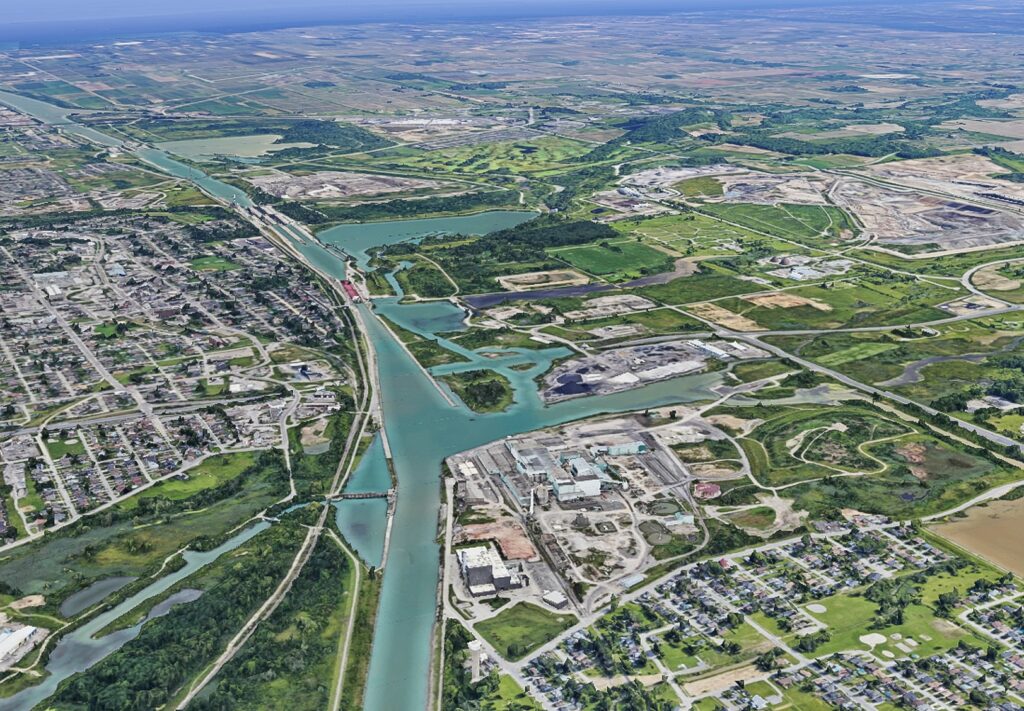
Thorold Multimodal Hub at Niagara Ports
The Thorold Multimodal Hub at Niagara Ports, a 400-acre industrial complex developed by BMI Group and partners, has attracted over $1 billion in investments and major industry players, boosting the region’s industrial capabilities. Located next to the Welland Canal, this unique Niagara hub offers marine, rail, and highway access, plus 1 million square feet of configurable indoor and outdoor storage for a range of industrial and cargo handling operations. In 2023, The Thorold Multimodal Hub received a Brownie Award from the Canadian Brownfields Network. Honored in the ‘Renew-Large Scale Project’ category, the Hub was recognized for its successful reimagining of a legacy industrial site for modern industrial uses.
MTE was retained to complete various tasks including a soil and groundwater investigation, legal boundary survey, topographic survey, observe the installation of a Permeable Reactive Barrier (PRB), and provide support to assess potential re-use options for on-site infrastructure.
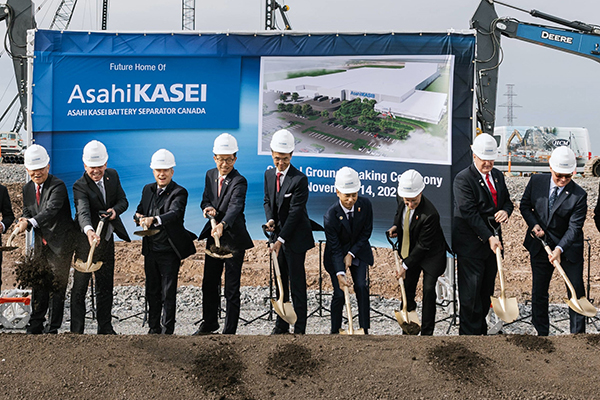
Port Colbourne Industrial Lands
BMI’s Port Colborne site has been selected as the location for Asahi Kasei’s groundbreaking new manufacturing facility, which will produce lithium-ion separators for electric vehicles. With 200 acres already secured and an additional 200 acres set aside for future commercial and industrial development, the area is set for significant growth. This strategic investment of $1.56 billion by Asahi Kasei will enhance Ontario’s role in the global electric vehicle (EV) revolution, strengthening the province’s position within the lithium-ion battery supply chain.
MTE provided consulting services across multiple disciplines, including environmental, geotechnical, and civil engineering, as well as ecological, OLS, geomatics, and hydrogeological expertise.
MTE’s work included conducting a Phase I Environmental Site Assessment (ESA), a Phase II ESA, an Ecological Existing Conditions study, a legal boundary survey, a topographic survey, a geotechnical investigation, and providing preliminary civil engineering support for concept plans.
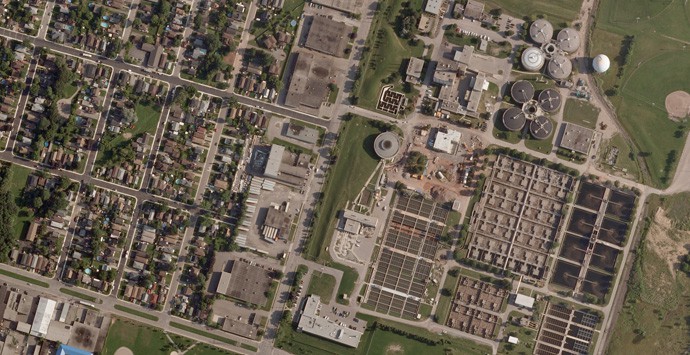
Woodward Avenue Wastewater Treatment Plant
The $165 million Woodward Avenue WWTP upgrades are the largest project under the City of Hamilton’s Clean Harbour Program. This 2.5-year project involves constructing a new tertiary treatment facility and chlorine contact tank, completing six stages of Red Hill Creek rehabilitation, and executing two phases of expansion and retrofitting for the existing secondary clarifiers and aeration tanks. MTE provided environmental consulting to this project, where we managed 160,000 cubic meters of excess soil including PCB Waste.
MTE’s scope of work included reviewing previous reports, managing multiple subcontractors, utility locators, and laboratories for a large-scale supplemental drilling and sampling program (over 100 boreholes), and delineating contaminants before excavation. We prepared an Excess Soil Management Plan (ESMP) and a PCB-Impacted Soil Management and Sampling Plan in compliance with MECP Protocol.
MTE also developed a Health and Safety Plan, conducted occupational air monitoring for worker safety, and provided daily excavation monitoring to ensure proper handling of contaminated soil. We assisted the contractor in evaluating potential soil re-use sites and, after excavation, prepared a closure report detailing soil volumes and confirming compliance with the ESMP and MECP protocols.
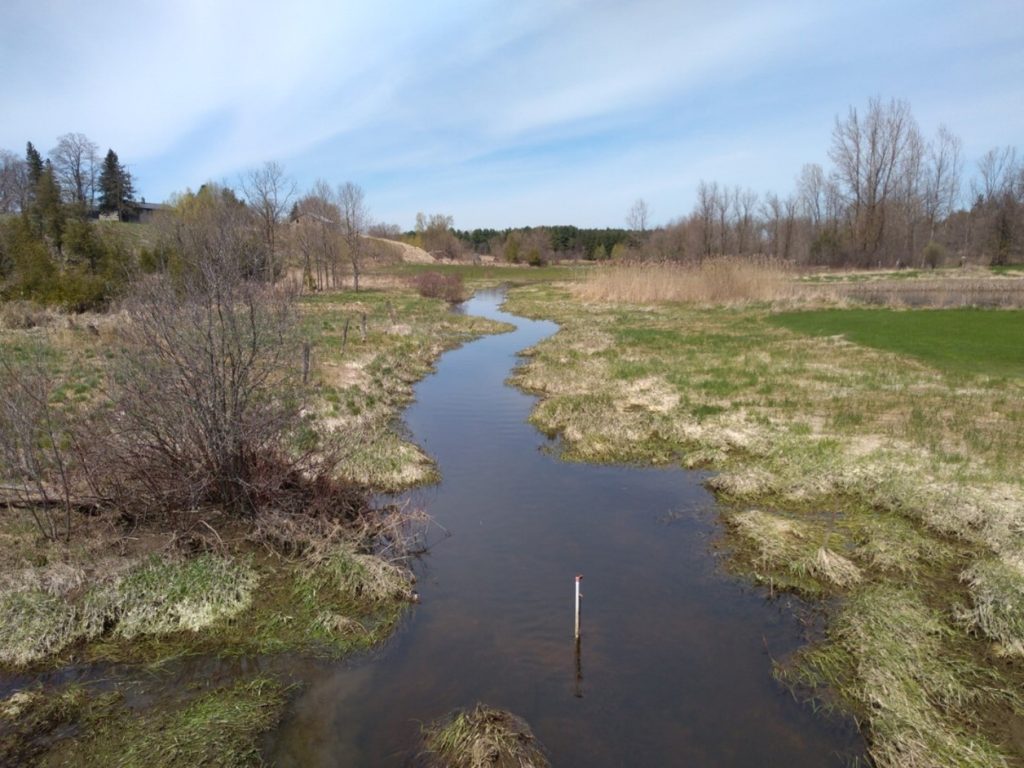
Shantz Station Pit
Located approximately 750 m south of Maryhill, ON, the Shantz Station Pit was uniquely located close to market such that it could supply quality aggregate products to Kitchener, Guelph, and Cambridge quickly and easily. The plan for Capital Paving was to extract sand and gravel from above the water table and supply aggregate to local projects.
This project involved the completion of Hydrogeological and Hydrological Assessments in support of an application for a gravel pit above the water table. Groundwater monitoring wells were installed on the site to track groundwater elevations over time, conduct hydraulic conductivity testing and complete water quality sampling. This project also included an analysis of groundwater and surface water interactions as well as stream flow gauging of a nearby creek to determine potential impacts of the proposed pit on nearby features.
MTE also collected groundwater data using monitoring wells and wetland piezometers to establish the maximum water table elevation. As part of the study, MTE also assessed potential impacts to the Breslau Wetland Complex, the Hopewell Creek Riparian Wetland, and Hopewell Creek using flow stations. One particular challenge was designing a haul route to the extraction area without disrupting ecological connections through the Breslau Wetland Complex. As part of the solution, a Wetland Compensation and Enhancement Plan was designed.
Through the process, MTE obtained sign-off from the Ministry of Natural Resources and Forestry, the Region of Waterloo, the Township of Woolwich, and the Grand River Conservation Authority. In August 2023, our team was successful at the Ontario Land Tribunal and Capital Paving was awarded a License to extract aggregate under the Aggregate Resources Act.
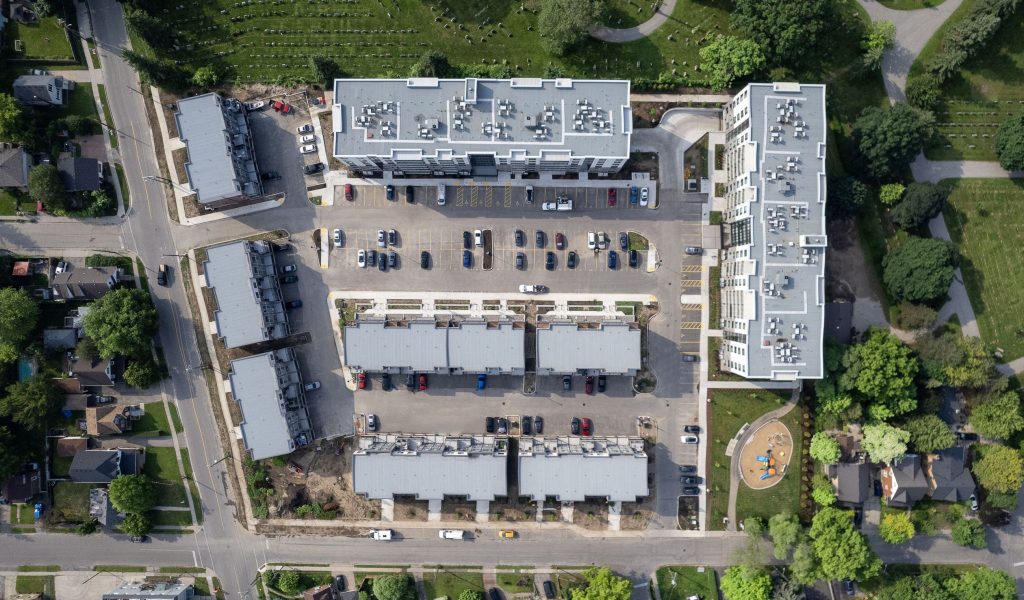
Spur Line Common
The Spur Line Common Brownfield redevelopment is located on the former Ontario Die Company (ODC) site at the intersection of Roger Street and Moore Avenue. The project’s vision was developed through consultations with the City of Waterloo, residents, and the ODC family owners. The completed development features 248 residential units, including two six-story mid-rise buildings and 68 stacked townhomes. The community is complemented by public amenities, including a park, a corner parkette, and pedestrian pathways that connect seamlessly with surrounding neighbourhoods and King Street.
Since 2017, MTE has provided a range of engineering services for the Spur Line Common project. Our involvement began with thorough site assessments and investigations to develop a strategy for addressing and remediating environmental concerns throughout the project lifecycle. Our Indoor Environments team conducted a Designated Substances Audit (DSA) of the eight on-site buildings before demolition. This audit identified materials containing asbestos, lead, mercury, and silica, leading to the implementation of a targeted abatement program.
Our Environmental team performed Phase One and Phase Two Environmental Site Assessments (ESAs), soil vapor assessments, and remediation work. We also supported brownfield funding applications and assisted in filing multiple Records of Site Condition (RSCs). The project required a detailed review of historical data, as well as lateral and vertical delineation of chlorinated solvents. Soil vapor sampling was conducted to assess potential vapor intrusion risks. MTE collaborated closely with the Ministry of Environment, Conservation and Parks (MECP) to develop risk management measures, including the installation of vapor mitigation systems in buildings identified as high-risk.
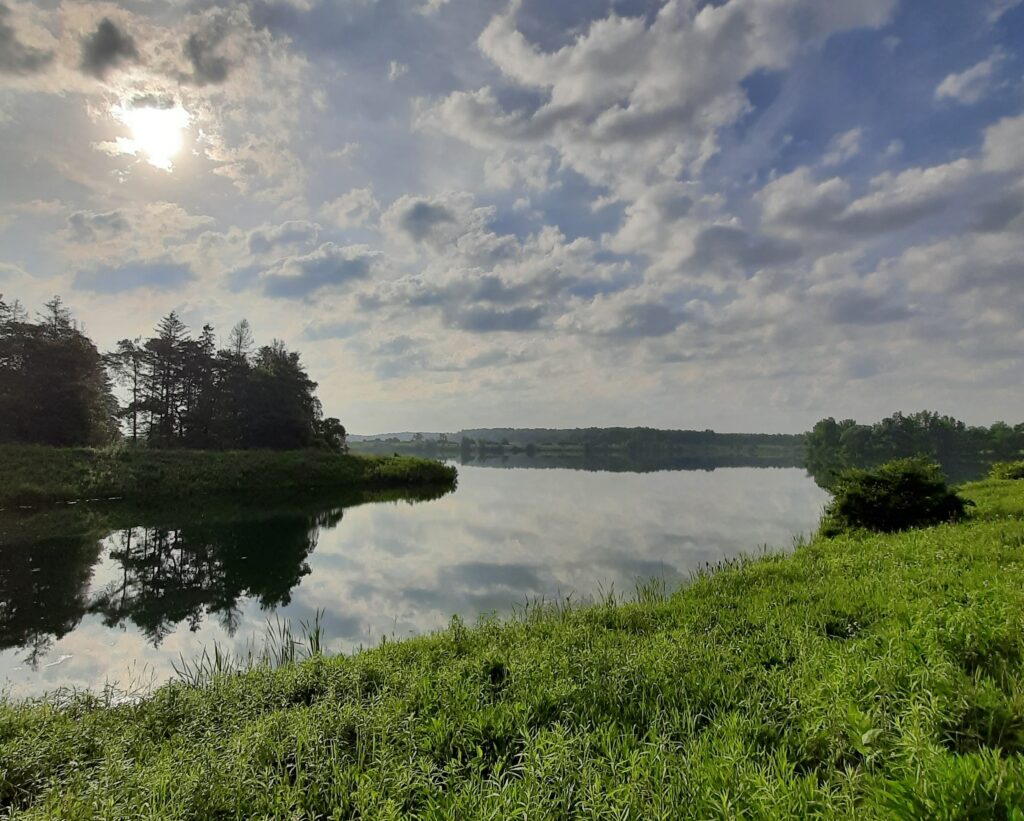
McMillan Pit
Located in Puslinch, Ontario, McMillan Pit was once a Class A License Aggregate Pit. Since 2002, the site has been rehabilitated and restored by CBM Aggregates.
In 2024, MTE undertook ecological inventories at the McMillan site to characterize existing conditions, quantify rehabilitation trajectories using Society for Ecological Restoration documents (e.g., The Recovery Wheel), and provide insight into the overall recovery status of the restoration project.
Over the year, MTE studies the plants and animals onsite including completing two seasonal plant inventories, turtle basking and nesting surveys, reptile emergence surveys, two breeding bird surveys, and three amphibian breeding surveys to inform the Existing Conditions Report. A variety of recommendations were made based on our findings, including invasive species management, incorporation of wildlife habitat features such as basking logs and bat boxes, and additional monitoring.